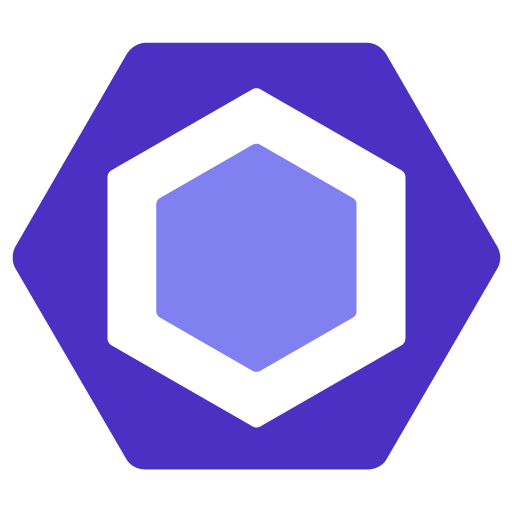
Tech stack used for building NoNex
Discover the modern tech stack behind NoNex, including Next.js, React, Tailwind CSS, and Notion API integration, designed to deliver fast, responsive, and customizable websites.
Overview
NoNex uses a modern and efficient tech stack to deliver high-performing, fully responsive websites that integrate seamlessly with Notion. Below is a detailed list of all the technologies used in building NoNex.
Technologies Used
1. Frameworks and Libraries

Next.js by Vercel - The React Framework
Production grade React applications that scale. The world's leading companies use Next.js by Vercel to build static and dynamic websites and web applications.
vercel
Core framework for static site generation and server-side rendering. We are using the latest version, Next.js 15.

React
React is the library for web and native user interfaces. Build user interfaces out of individual pieces called components written in JavaScript. React is designed to let you seamlessly combine components written by independent people, teams, and organizations.
 reactjs
reactjsBase library for building interactive and dynamic UI components. We are using the latest version, React 19.

Tailwind CSS - Rapidly build modern websites without ever leaving your HTML.
Tailwind CSS is a utility-first CSS framework for rapidly building modern websites without ever leaving your HTML.
 tailwindcss
tailwindcssUtility-first CSS framework for responsive and clean design.
2. Notion Integration

Start building with the Notion API
Connect Notion pages and databases to the tools you use every day, creating powerful workflows.
https://developers.notion.com/
@notionhq/client Official Notion API client for fetching and managing content directly from Notion.
3. Rendering and Content Enhancements
Prism
Prism is used on several websites, small and large. Some of them are:
 https://prismjs.com/
https://prismjs.com/Syntax highlighting for code blocks.

KaTeX – The fastest math typesetting library for the web
Simple API, no dependencies – yet super fast on all major browsers.
https://katex.org/Rendering mathematical equations and formulas.
Mermaid | Diagramming and charting tool
Create diagrams and visualizations using text and code.
https://mermaid.js.org/
Supporting diagrams and flowcharts.
4. Additional Features
Introduction – react-tweet
Embed tweets in your React application.
https://react-tweet.vercel.app/Embedding tweets directly into the website.
Enabling video embedding with ease.
- Sharp
Image optimization for faster loading times.
Generating SEO-friendly URLs.
5. Development and Performance Tools
Turbo
Turbo is an incremental bundler and build system optimized for JavaScript and TypeScript, written in Rust.
Turbo
We use Vercel's new Turbopack, replacing the old Webpack, for faster development builds and better performance.

Find and fix problems in your JavaScript code - ESLint - Pluggable JavaScript Linter
A pluggable and configurable linter tool for identifying and reporting on patterns in JavaScript. Maintain your code quality with ease.
geteslint
Maintaining code quality and consistency.
PostCSS - a tool for transforming CSS with JavaScript
Transform CSS with the power of JavaScript. Auto-prefixing, future CSS syntaxes, modules, linting and more are possible with hundreds of PostCSS plugins.
postcss
Extending CSS with plugins for better maintainability.
Resolving utility class conflicts efficiently.
We constantly update NoNex to ensure it stays modern, efficient, and never gets outdated.